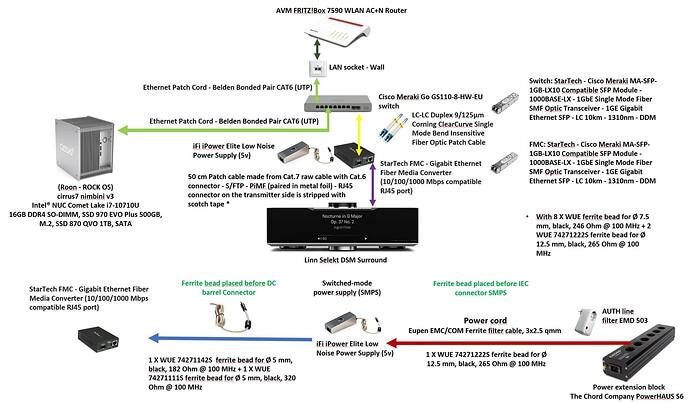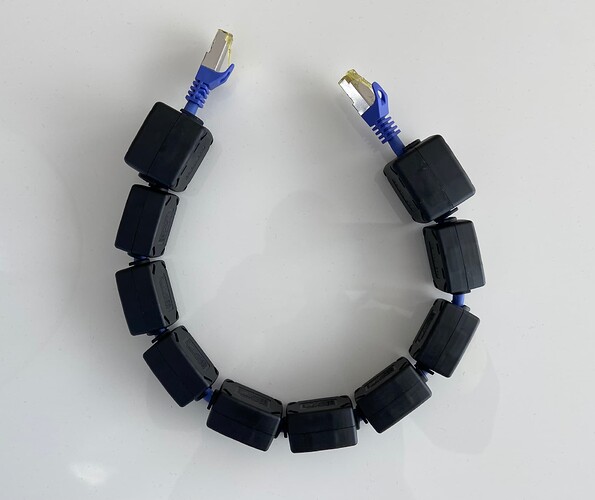Following multiple exchanges in which @Anupc has offered us the benefit of 20 (I think) years of professional use of optical circuits, I’m keen to try optical myself. I’ve also been made aware of the dangers of uncertified (or questionably certified) components from certain geographies and/or bought via certain channels, and I want to make sure I get it right.
Getting it right means assembling good quality, standards-compliant components which work together and don’t cost me an absolute fortune. I will happily stick at the budget end if I can get the same performance of course, and won’t be anywhere near spending premium sums to buy premium equipment unless the mid-range experiement proves enlightening.
I’ve had a poke around and tried to learn as much as I can but this has revealed a number of different factors which need to be considered. Some are important to simply assemble a circuit which works (!) but others may be more or less important to audio applications which is clearly our concern here. Yes, we’re talking performance (speed/reliability) and noise.
Here are some considerations I’ve come across. It would be good to know for each:
- whether you have personal experience of any particular option (+ve or -ve)
- whether you know of the reliable experiences of others you respect (+ve or -ve)
- which option you’d recommend and why
- any price bracket indicators (in any currency!)
- any stories of having compared options
I’m really not interested in measurements unless they can be correlated with peersonal experiences.
SFP or SFP+
I have no idea why one might be better or worse than the other. Any experiences? Any actual facts?
Multi-mode or single-mode
I’ve read that single mode might have lower reflection and therefore be better for audio but this could be, well you know, some sort of “internet wisdom” which gets passed around so much that it gains more credibility than it should.
Wavelength
Apparently the cable and modules/converters need to be on the same wavelength (who knew?). If so, which and why?
Speed
1G? 10G? Why?
Makes/models
Potentially a minefield where everyone recommends the one they use but I have to ask.
For example I came across a recommendation for a Finisar FTLX 1475 D3 BTL because it uses a laser instead of an LED. Completely irrelevant unless one is noiser than the other?
There may be more. If you want to comment on any of these, it would be really helpful if you could part-quote the above so we know which particular attribute you’re talking about. Of course feel free to expound on the topic in general!
Many thanks. @Anupc and all.

